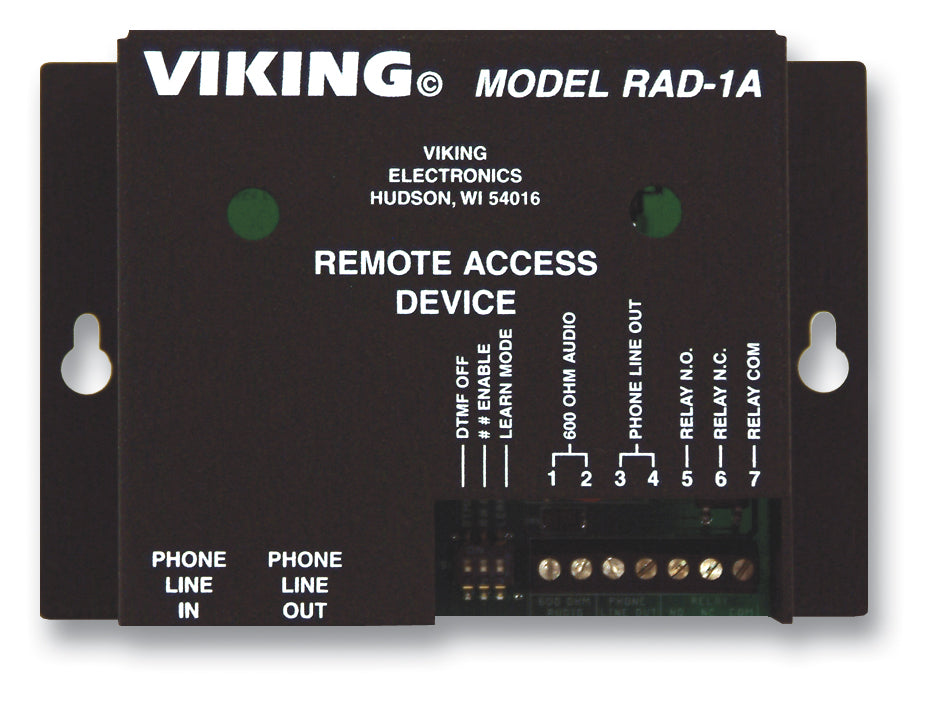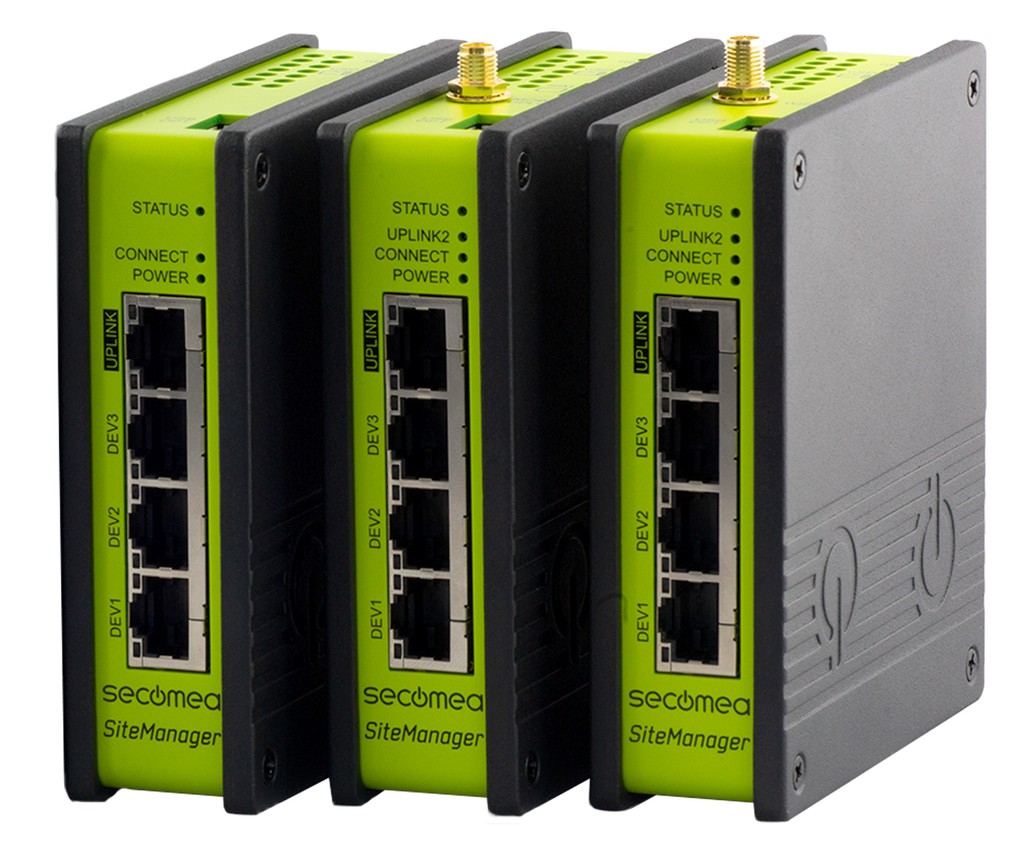Unlocking The Power Of Remote Access Devices Behind A Router
Hey there tech enthusiasts and digital explorers! Let’s dive straight into the world of remote access devices behind a router. If you're reading this, chances are you're either trying to troubleshoot a connectivity issue or looking to enhance your network's capabilities. Remote access devices behind a router are no longer just a tech buzzword; they're essential tools for anyone looking to stay connected and productive in today's fast-paced world. So, buckle up, because we’re about to unravel the secrets behind these nifty gadgets!
You might be wondering, "What exactly does remote access mean?" Well, it's like having a secret key that lets you unlock your computer or network from anywhere in the world. Think about it—imagine being able to access your office files while lounging on a beach in Bali or troubleshooting your home network while stuck in a business meeting. Sounds pretty cool, right? That's the magic of remote access devices, and today, we're going to break it all down for you.
But hold your horses—there's a catch. Not all remote access setups are created equal. If you're behind a router, you might face some challenges. Don't worry, though; we've got you covered. In this article, we'll explore everything you need to know about setting up, securing, and optimizing remote access devices behind a router. Let's get to it!
Read also:Atfbooru The Ultimate Guide To Exploring And Understanding
Here’s a quick table of contents to help you navigate through this article:
- What is Remote Access?
- Devices Behind a Router: The Basics
- Why Remote Access Matters
- Setting Up Remote Access Behind a Router
- Security Considerations for Remote Access
- Common Issues and How to Fix Them
- Tools and Software for Remote Access
- Best Practices for Remote Access
- Future Trends in Remote Access Technology
- Wrapping It Up
What is Remote Access?
Alright, let's start with the basics. Remote access is the ability to connect to a computer or network from a remote location. It's like giving yourself or someone else a virtual handshake with your system, even when you're miles apart. This technology has become indispensable, especially with the rise of remote work and global collaborations.
Now, when we talk about remote access devices behind a router, we're referring to gadgets like laptops, desktops, servers, or even IoT devices that are connected to a local network through a router. The router acts as a gateway between your local network and the internet. It's kind of like the bouncer at a club—only letting in the right people or, in this case, the right data packets.
But why does this matter? Well, if you're trying to access a device behind a router from the outside world, you'll need to navigate through that gateway. This is where things can get tricky, but don't worry—we'll cover that in detail later.
Devices Behind a Router: The Basics
Understanding Network Topology
When you connect a device to a router, it becomes part of your local area network (LAN). This setup allows devices within the network to communicate with each other seamlessly. However, when you try to access a device from outside the network, you're stepping into the realm of wide area networks (WAN). It's like trying to call a friend's phone when you don't have their number—you need a way to bridge the gap.
Most routers use a technology called Network Address Translation (NAT) to manage connections between your LAN and WAN. NAT assigns private IP addresses to devices within your network and translates them into a single public IP address when communicating with the outside world. This is great for security but can complicate remote access setups.
Read also:Temporary Replacement Ep 3 Your Ultimate Guide To Seamless Transitions
Common Devices Behind a Router
So, what kind of devices are we talking about here? Here’s a quick list:
- Laptops and desktop computers
- Servers hosting critical data or applications
- IoT devices like smart thermostats or security cameras
- Printers and other peripherals
- Game consoles or smart TVs
Each of these devices can benefit from remote access, whether it's for monitoring, troubleshooting, or simply accessing files on the go.
Why Remote Access Matters
In today's interconnected world, remote access isn't just a luxury—it's a necessity. Whether you're a small business owner, a tech-savvy homeowner, or an IT professional, being able to access your devices remotely can save you time, money, and a whole lot of headaches.
For businesses, remote access allows employees to work from anywhere, reducing the need for physical office space and increasing productivity. It also enables IT teams to troubleshoot issues without needing to be physically present, saving valuable time and resources.
On a personal level, remote access can help you manage your smart home devices, monitor your security cameras, or retrieve important files from your home computer while you're out of town. It's like having a digital Swiss Army knife in your pocket.
Setting Up Remote Access Behind a Router
Step 1: Port Forwarding
One of the most common methods for enabling remote access behind a router is port forwarding. This involves configuring your router to direct incoming traffic on specific ports to the desired device on your network. Think of it like setting up a VIP lane at a concert—only certain requests get through to the right device.
Here's how you can set up port forwarding:
- Log in to your router's admin panel (usually via a web browser)
- Find the port forwarding section
- Specify the port numbers and the IP address of the device you want to access
- Save your settings and test the connection
Step 2: Using Dynamic DNS
Another useful tool for remote access is Dynamic DNS (DDNS). Since most home internet connections use dynamic IP addresses that change periodically, DDNS services can help you maintain a consistent address for your network. It's like having a permanent mailing address, even if you move around.
Popular DDNS services include No-IP, DynDNS, and DuckDNS. Most modern routers support DDNS out of the box, so it's just a matter of setting it up in your router's admin panel.
Security Considerations for Remote Access
With great power comes great responsibility, and remote access is no exception. While it offers incredible convenience, it also opens up potential security risks. Hackers love nothing more than an unsecured network with poorly configured remote access settings. So, how can you protect yourself?
Enable Strong Authentication
One of the first lines of defense is strong authentication. This means using strong passwords, enabling two-factor authentication (2FA), and avoiding default credentials. Think of it like locking your front door with a deadbolt instead of just a chain lock.
Use a Virtual Private Network (VPN)
A VPN creates a secure tunnel between your device and the network you're trying to access. This encrypts all data transmitted, making it much harder for hackers to intercept sensitive information. It's like having a private conversation in a crowded room—no one else can hear what you're saying.
Common Issues and How to Fix Them
Even with the best setup, things can go wrong. Here are some common issues you might encounter when setting up remote access behind a router and how to fix them:
- Connection Refused: Double-check your port forwarding settings and ensure the device is powered on and connected to the network.
- IP Address Changed: If your public IP address changes, update your DDNS settings accordingly.
- Firewall Blocking: Make sure your router's firewall isn't blocking the necessary ports. You may need to whitelist certain IP addresses or applications.
Tools and Software for Remote Access
There are plenty of tools and software available to make remote access easier and more secure. Here are a few worth checking out:
TeamViewer
TeamViewer is a popular remote access tool that offers both free and paid versions. It's easy to set up and provides robust security features, making it a favorite among businesses and individuals alike.
AnyDesk
AnyDesk is another great option for remote access. It boasts high performance and low latency, making it ideal for tasks that require real-time interaction, like gaming or graphic design.
Best Practices for Remote Access
Here are some best practices to keep in mind when setting up and using remote access:
- Regularly update your router's firmware to patch security vulnerabilities.
- Limit access to only trusted devices and users.
- Monitor your network for unusual activity and take action if something seems off.
Future Trends in Remote Access Technology
The future of remote access looks bright, with advancements in technologies like 5G, AI, and edge computing paving the way for faster and more secure connections. We can expect to see more seamless integration of remote access tools with IoT devices, as well as increased adoption of zero-trust architectures for enhanced security.
As the demand for remote work continues to grow, so will the need for reliable and secure remote access solutions. It's an exciting time to be part of this evolving landscape!
Wrapping It Up
So, there you have it—a comprehensive guide to remote access devices behind a router. From understanding the basics to setting up and securing your connections, we've covered it all. Remember, remote access isn't just about convenience—it's about empowering you to stay connected and productive no matter where you are.
Now, it's your turn! Have you tried setting up remote access behind a router? What challenges did you face, and how did you overcome them? Share your experiences in the comments below, and don't forget to check out our other articles for more tech tips and tricks. Stay safe, stay connected, and keep exploring the digital frontier! Cheers, mates! 🚀
Article Recommendations


